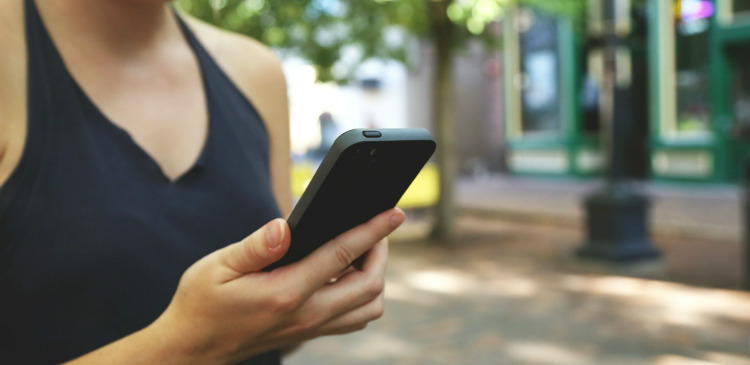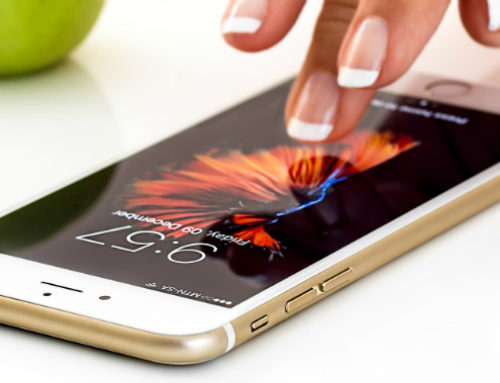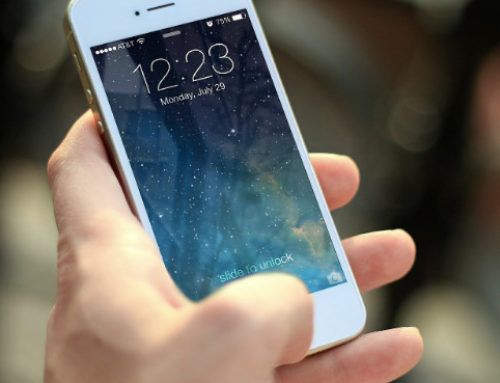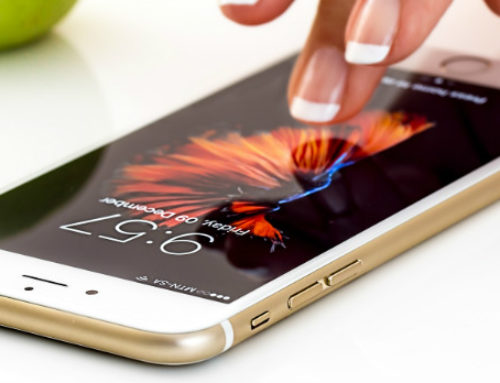Major telecom providers are quickly preparing for the $100 million rollout of a new national call authentication system that could stem the flood of unwanted, irritating robocalls.
STIR/SHAKEN: The New System To Stop Caller ID Spoofing
Still receiving annoying calls from “cardholder services”? Hounded by recorded voice messages that want to give you the lowest quotes on health insurance, or offer you an all-expenses-paid vacation? There’s no one-size-fits-all solution to the infuriating problem of robocalls, but the new initiative, a national authentication system designed in collaboration with the Federal Communications Commission, is poised to help.

Taking a tip from Ian Fleming’s James Bond, the new system is known as STIR/SHAKEN, a lengthy acronym for Secure Telephony Identity Revisited and Secure Handling of Asserted information using toKENS.
Why ID Spoofing Is Such A Tough Challenge
STIR/SHAKEN is aimed at ensuring that caller IDs are accurate. In recent years, an increasing number of scammers and telemarketers have turned to caller ID “spoofing” to trick call recipients into picking up. Today, thousands of telemarketers hide or disguise their caller IDs, choosing local numbers or nonexistent area codes in an effort to slip past our defenses. If you’ve ever seen your own area code on the caller ID, only to be greeted by a pre-recorded voice message promising to erase your credit card debt, you’ve been spoofed.
But robocall spoofing can be even more malicious. Some robocallers disguise their phone numbers to impersonate government officials, law enforcement agencies or legitimate businesses.
How STIR/SHAKEN Works
Most calls pass through a series of telecom providers before they reach our phones. Each link in the chain has incomplete knowledge about the call. The initial provider, for example, probably knows where the call originated from, and whether it was placed from an international location.
But until now, there’s been no good, secure way to pass this information along, so that the telecom provider at the end of the chain knows whether or not the caller ID is authentic.
SHAKEN, as it’s known to industry insiders, offers telecom providers a safe way to share caller ID information amongst themselves, according to TransNexus. The system uses encrypted digital certificates to pass the information along, like a bucket brigade carrying water to a burning house.
A rating system has been implemented to grade calls as authentic, dubious or fraudulent. With this information in hand, the last company to handle the call can block dishonest ones, using complex algorithms to analyze the grade given to a call under the new rating system.
The system will also pick up on other potential signs of fraudulent activity. A high call volume, paired with a low percentage of answers, could be a tip-off that thousands or millions of harassing robocalls are being placed en masse.
Telecom Players Commit To Authentication System
Verizon, AT&T and T-Mobile have all announced plans to begin using the system beginning next year. And other major service providers, like Sprint, have committed to follow the herd, so experts believe that within the next two to five years around 90% of all mobile phones, along with half of all landlines, should be covered.
While many of these companies have already rolled out their own systems to block unwanted calls, new tools are always welcome. “We’re looking at the death of the phone if we don’t make the experience good again,” says Jonathan Nelson, a director at Hiya, one of the new robocall-blocking apps that have cropped up in recent years.
Nelson is a member of the Alliance for Telecommunications Industry Solutions, an industry group instrumental in the creation of STIR/SHAKEN. Another Alliance member, Jim McEachern, says that the new system “won’t be a panacea, but it’s a really important tool that will make a difference over time.”
Without Effective Solutions, Robocalls Will Only Get Worse
Americans are being pounded by an unprecedented number of annoying, intrusive robocalls. According to Youmail, a robocall blocking service that compiles data on the calls, US phone subscribers received a record 148.8 million unwanted automated calls every day in August 2018. That’s about 1.6 calls per second, Government Technology reports, an average of 13 calls per person per month.
Things will only get worse, unless telecom providers get their act together. First Orion, a security company that makes anti-robocall technology for major telecom providers, estimates that up to half of all calls placed to mobile phones will be fraudulent in 2019.
Verizon, AT&T and T-Mobile say they’re committed to turning the tide, but it’ll take a critical mass within the industry to truly make STIR/SHAKEN a success. In comments provided to the Federal Communications Commission, Verizon even accused other telecom companies of dragging their heels, calling out smaller service providers for being “disinterested in solving the problem.”




